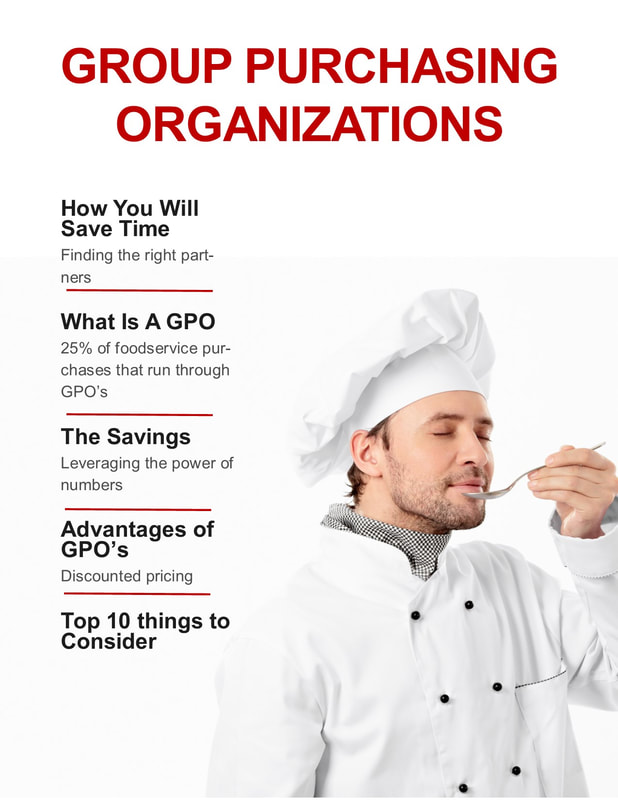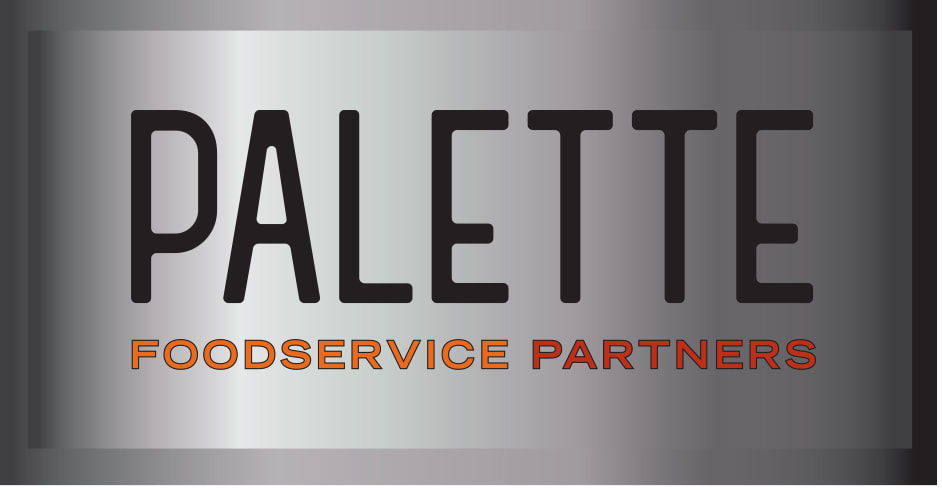 Lunchtime looks different in many cities right now. A recent report from Restaurant Business said that according to new data from tech supplier Toast, weekday lunch transactions in 19 of the country’s biggest metropolitan areas remained down considerably in the first quarter of 2023 compared to 2019. The numbers suggest that the shift in post-pandemic work habits is having a continued impact on lunch business. When Americans do have lunch out, they are spending more, which could be due to higher menu prices, or because people are dining out in larger groups and placing bigger orders. In any case, the lunch day part has potential to become more of an experience driver in the current environment – a time for events as opposed to casual meals in the middle of the work week. Consider the new working habits of the organizations with offices in your area – or the people who reside in your neighborhood. Have hybrid work arrangements become the norm? If so, employers are likely looking for opportunities to bring employees together in meaningful ways on the days they do come together – and catered food can play a big role in that. If people living near you are working from home, they still need to eat – and maybe you can provide a meal deal, salad kit or delivery promotion that can make at-home break times feel like something to look forward to.  Pre-pandemic, it may have been a given that Friday and Saturday nights were your peak times for guests. The past few years have thrown such assumptions up in the air as consumers have shifted their working hours and workplaces. As a result, your biggest happy hour crowd may have shifted to early evenings on Wednesday and Thursday. Your business lunch crowd may instead be coming for breakfast or a late-afternoon snack. During a recent discussion with veteran restaurant operators and industry experts that was organized by Nation’s Restaurant News and its CREATE educational program, participants acknowledged the shift. Victor Fernandez, vice president of insights and knowledge at Black Box, said the fastest-growing time of day is late afternoon between lunch and dinner. This blending of dayparts can be both a blessing and a curse for operators: Blurred lines between meals mean that consumers may crave a range of food and drink at all times and it’s always a good time to visit a restaurant. On the other hand, the lack of definition makes it difficult for operators to know how to plan and what to offer. It’s more important than ever to understand how your guests use your physical restaurant at every hour and how profitable they make your business per square foot during the times they are with you. Having this knowledge will help you know if and how to scale down your menu, staff or hours if business slows in the months ahead. At a time when consumers expect a lot from restaurants, understand where you’re best able to provide it and where you need to draw the line. |
Subscribe to our newsletterArchives
April 2024
Categories
All
|




 RSS Feed
RSS Feed